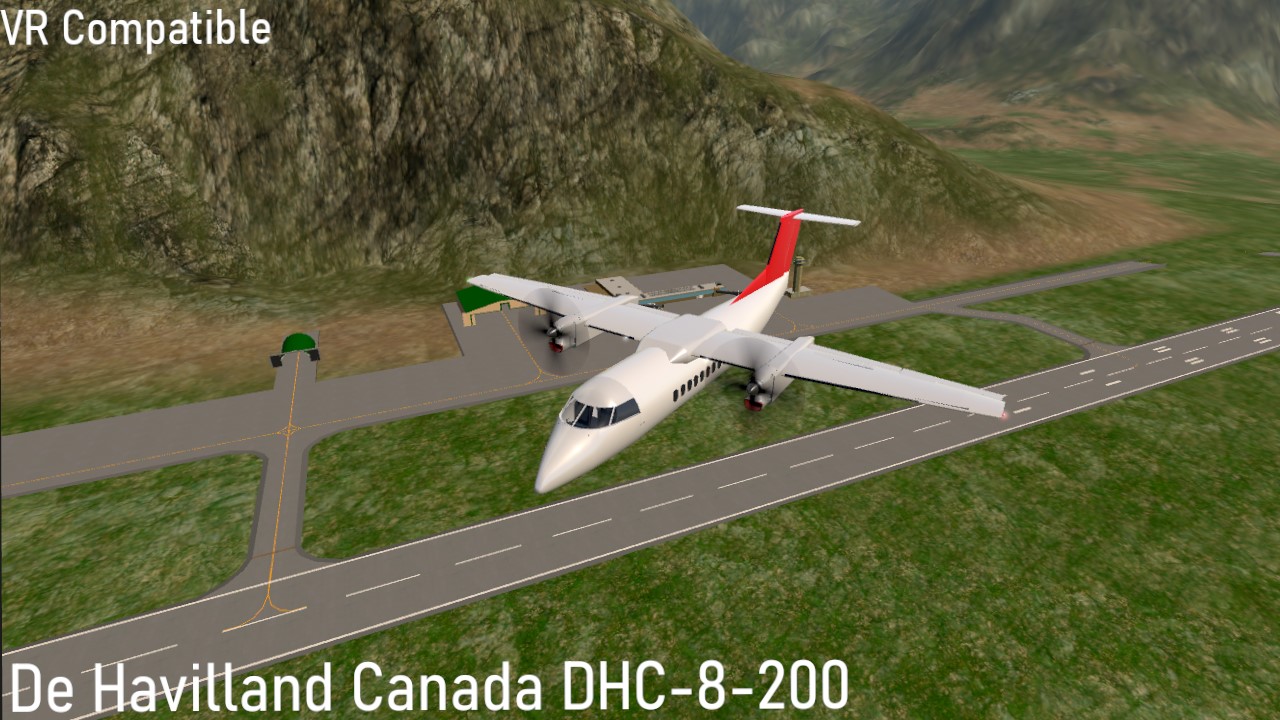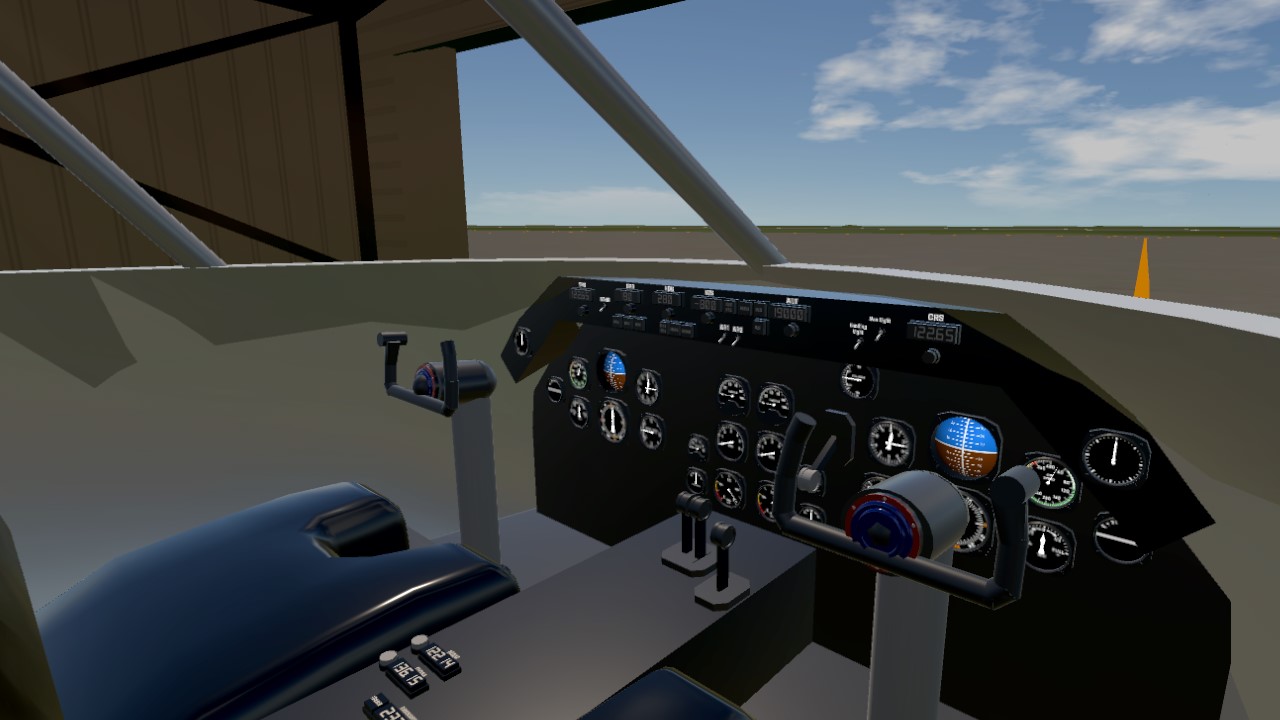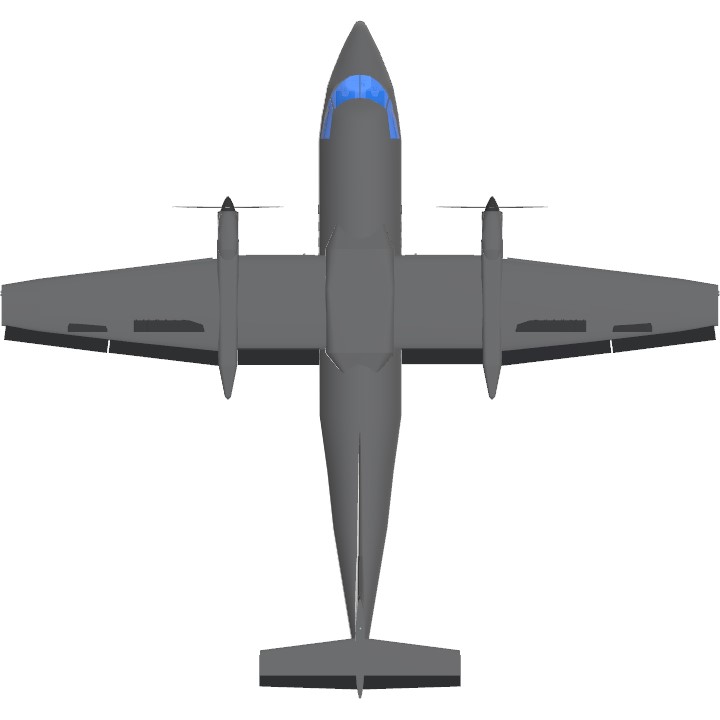Improvements
- The landing gear was remade from the ground up.
- It has now a fully VR Compatible cockpit.
- Now, the landing gear won't collapse with a slight hint of a hard landing.
About
The De Havilland Canada DHC-8,[2] commonly known as the Dash 8, is a series of turboprop-powered regional airliners, introduced by de Havilland Canada (DHC) in 1984. DHC was later bought by Boeing in 1988, then by Bombardier in 1992; then by Longview Aviation Capital in 2019, reviving the De Havilland Canada brand. Powered by two Pratt & Whitney Canada PW100s, it was developed from the Dash 7 with improved cruise performance and lower operational costs, but without STOL performance. Three sizes were offered: initially the 37–40 seat -100 until 2005 and the more powerful -200 from 1995, the stretched 50–56 seats -300 from 1989, both until 2009, and the 68–90 seats -400 from 1999, still in production. The QSeries are post-1997 variants fitted with active noise control systems. from Wikipedia.

Controls
AG1 for Nav Lights
AG2 for Taxi and Landing Lights
Specifications
Spotlights
- CR929thenewSPplayer 2.4 years ago
General Characteristics
- Predecessor De Havilland Canada DHC-8-200
- Successors 1 airplane(s)
- Created On Windows
- Wingspan 93.9ft (28.6m)
- Length 88.5ft (27.0m)
- Height 26.9ft (8.2m)
- Empty Weight 22,526lbs (10,217kg)
- Loaded Weight 30,232lbs (13,713kg)
Performance
- Horse Power/Weight Ratio 0.107
- Wing Loading 26.7lbs/ft2 (130.1kg/m2)
- Wing Area 1,134.2ft2 (105.4m2)
- Drag Points 17349
Parts
- Number of Parts 283
- Control Surfaces 9
- Performance Cost 1,309






